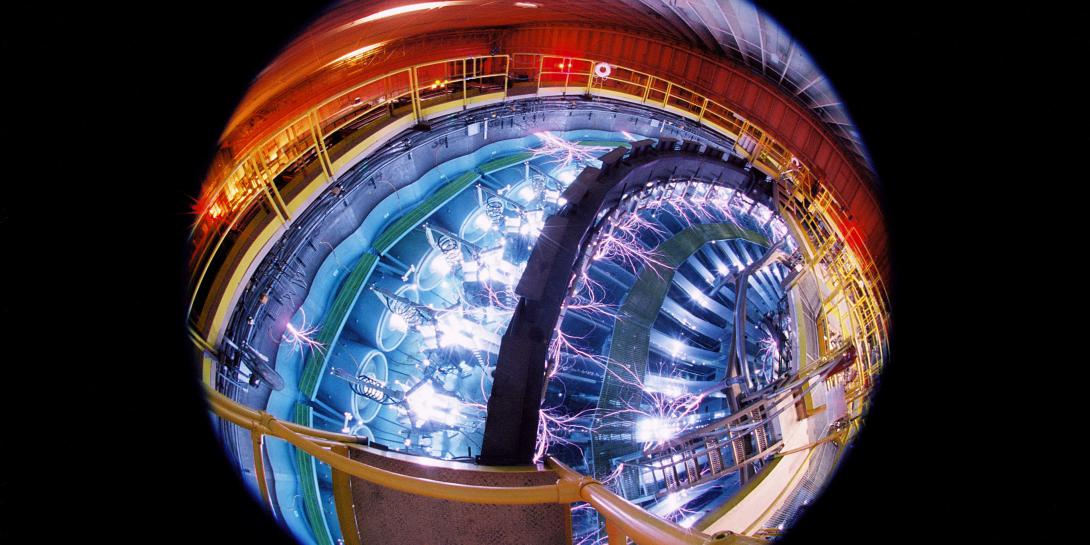Sandia Initiatives to Protect Energy Grid and Nuclear Weapons
To deter attempts to disable U.S. electrical utilities and to defend nuclear weapon systems from evolving technological threats, Sandia National Laboratories has begun two multiyear initiatives to strengthen U.S. responses.
One focuses on defending large U.S. electrical utility systems from potential attacks by hostile nations, as well as from damage inflicted by extreme natural disasters such as hurricanes and solar flares. The Resilient Energy Systems campaign, a multiyear research portfolio with up to $40 million in total funding, is supported by Sandia’s Laboratory Directed Research and Development (LDRD) program, which funds exploratory work in science and technology, lab officials announced in a press release.
“The original electric grid was not designed with security in mind against cyber hacks, or protection from electromagnetic disturbances, or natural disasters such as hurricanes or geomagnetic solar storms,” portfolio manager Craig Lawton says in a Sandia Labs press release.
The second research campaign is to develop enabling technical capabilities to help the U.S. maintain its strategic nuclear deterrent. The Assured Survivability and Agility with Pulsed Power research campaign is a multiyear portfolio with up to $40 million in total funding, again by Sandia’s LDRD program. The mission portfolio is intended to explore technologies that use brief but powerful bursts of electrical energy to simulate nuclear explosions — without resorting to actual nuclear tests — to better understand their impact on electronics and materials.
“Our nuclear weapons systems have been relatively static, while the capabilities and technologies used by our potential adversaries are evolving at a rapid pace,” Sandia physicist Kyle Peterson, who developed and leads the mission, says in the press release. “We must be more agile in identifying potential threats to maintain an effective deterrent against hostile military actions.
Additional benefits from both mission portfolios are expected to include more efficient electrical generation, more accurate data for astrophysicists, and a closer approach to break-even and even high-yield fusion, which can generate electrical energy by fusing atoms — a goal of a branch of physics for 70 years.
Among the military problems that an adversary might present are more capable weapon systems as well as technology intended to confuse a U.S. missile and deflect it from reaching its target. The Assured Survivability and Agility with Pulsed Power (ASAP) campaign will invest in science and technology needed to ensure that “U.S. military objectives will be met in the event that deterrence fails,” Peterson said.
Further study of brief strong pulses of electrical power are needed to help meet that goal. Pulsed-power accelerators store energy and release it in powerful bursts. Those can be converted into X-rays and neutrons to be used as a laboratory version of an actual bomb blast to assess how nuclear and conventional weapon systems would respond if subjected to those environments.
Sandia uses pulsed power technology in a number of different facilities — Saturn, Hermes and Z — and is currently developing proposals to enhance some of these capabilities.





Comments